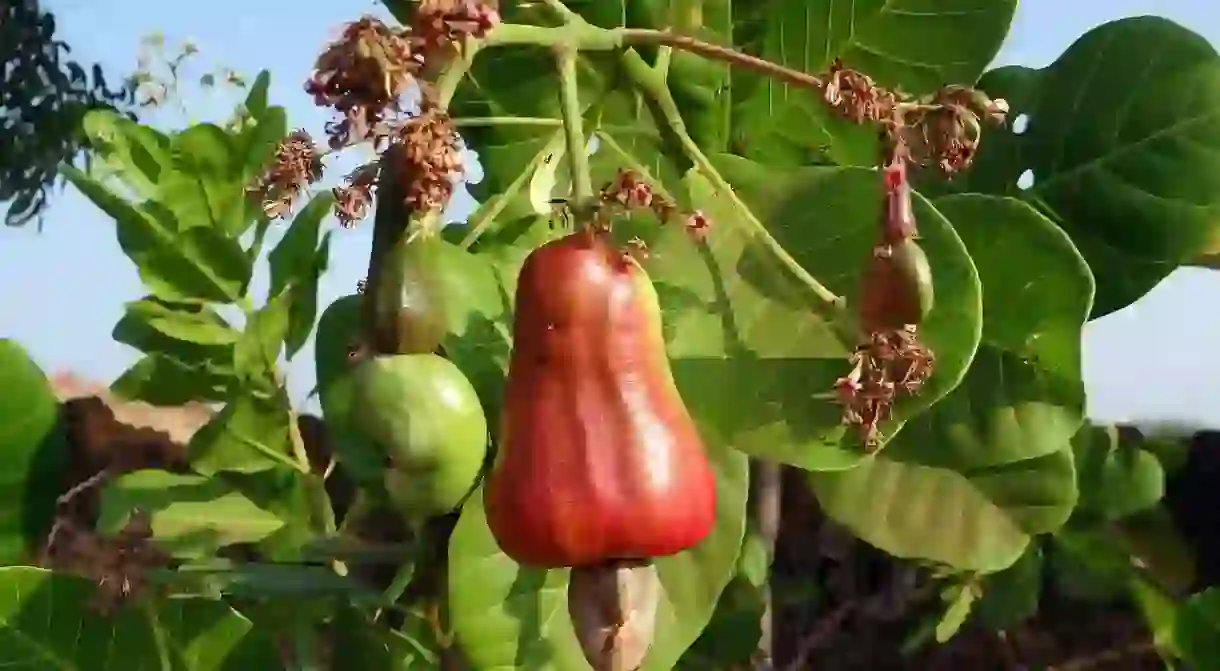A Brief History of The Traditional Goan Alcoholic Drink Feni

While you might be intimately familiar with the beaches, waterfalls, festivals, trekking trails and historical sites of Goa, there is more. What else, you might ask? Ask any local, and he or she would tell you that Goa’s memoirs are incomplete without the mention of her precious feni. And it would be a travesty of justice to not dedicate an entire column to it because Goa is incomplete without it – like Japan without sake or Korea without makkoli. So without further ado, read on to discover more about feni, the feisty spirit that Goa has been brewing over the past 400 years and, as of today, is only produced in this coastal paradise.
Feni has become so fundamental to Goa’s culture that over the years, it went from ‘brew’ to ‘heritage brew’. From farmers of Konkan villages crushing cashew apples with their feet and distilling the feni in old-fashioned earthenware pots to elite feni festivals of today where connoisseurs huddle together to taste it in all its delightful versions and then debate about it, the ferocious spirit has come a long way.

So how did feni become so indispensable to Goa? This powerhouse brew has endeared itself to the locals with its magical medicinal qualities – it can heal a cold, act as an antiseptic, is a fantastic food preservative and makes that pork vindaloo taste so much better. What’s more is that it’s completely organic and can give you a series of happy highs without the drama of a morning hangover. Packing quite a punch with a 42% alcohol volume, even the most seasoned drinkers should exercise caution in its presence. Tell that sweet old Goan grannie you have a cold and see what is handed to you in a shot glass. Ask a seasoned cook the secret behind his fabulous prawns balchao dish, and guess what he’d tell you.
Although this dynamite is easy to come by when you are in the Konkan region, it sure is not an easy task to brew. Consumers reap the benefits of feni by the sweat of one too many brows. The cashew apples are first crushed by foot on a rock that has a natural mechanism to stream the juice out. An earthen pot collects the juice and is then placed in the ground for fermentation. The fermented liquid is then distilled in copper pots and heated; the resulting alcohol vapours are collected in a cooling capacitor. What makes the process time consuming is the fact that the distillation process is carried out three times: the first press is a mild alcohol, called urrack; cazulo, the second juice, is a little stronger than urrack; the third extract is what many people can’t seem to get enough of – the exotic feni with its heady aroma.

Feni connoisseurs usually assess the quality of it by its strong aroma. Being as versatile as it is, you can enjoy feni neat, with soda, a Coke, or simply as a cocktail. But do try it as a local would – order a plate of fried fish, sit underneath a coconut tree, nibble away and bottoms up, folks!













